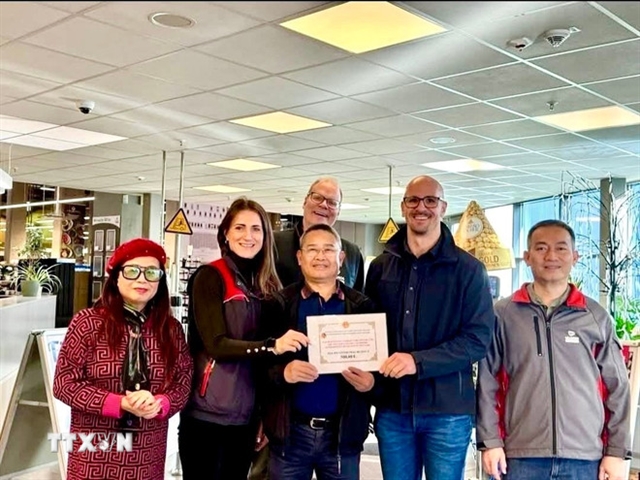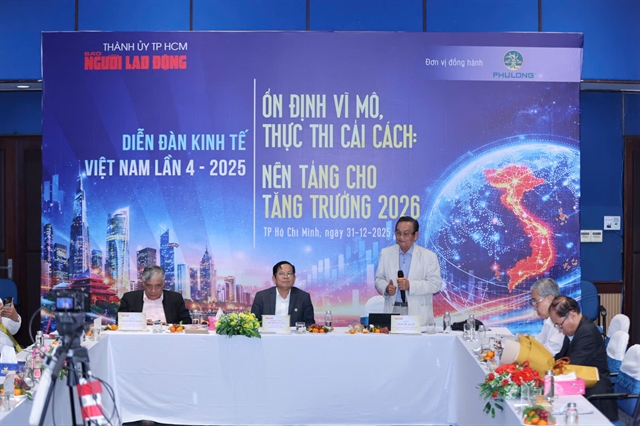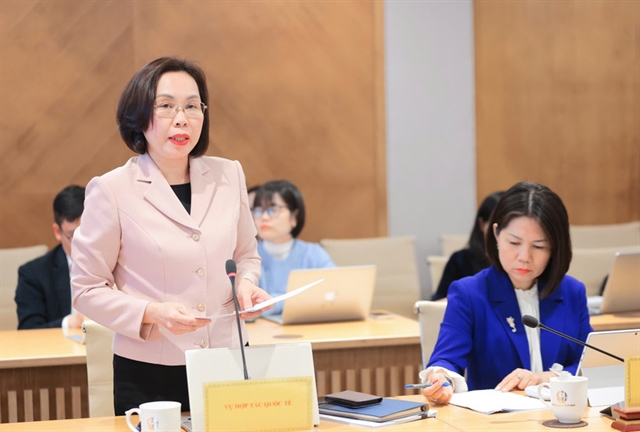 Opinion
Opinion

Vũ Văn Viện, director general of the Hà Nội Department of Transport, talks to Kinh tế & Đô thị (Urban and Economic Affairs) newspaper on the city’s plan to apply technology to solve the problem of traffic congestion
 |
Vũ Văn Viện, director general of the Hà Nội Department of Transport, talks to Kinh tế & Đô thị (Urban and Economic Affairs) newspaper on the city’s plan to apply technology to solve the problem of traffic congestion
Will you please tell us some of Hà Nội’s notable achievements in 2018 in the field of transport?
In 2018, Hà Nội put into operation some notable infrastructure projects that have greatly contributed to improving the city’s transport capacity. At the same time, city authorities have successfully solved some of the transport black spots in the city.
In 2018, 6 transport congestion hotspots were erased while transport accidents were reduced by 5 per cent in all the three criteria – the number of accidents, fatalities and wounded persons. Law and order has been well maintained, particularly on public holidays, including the Lunar New Year.
Worthy of note is that in 2018, another 14 public bus routes were introduced. As a result, the number of passengers using public transport in the year accounted for about 14 per cent.
What were the challenges the city’s transport sector faced in 2018?
According to Hà Nội’s Urban Transport Master Plan for 2030, the city should allocate between 20 and 26 per cent of its land transport development and between 3 and 4 per cent for static transport. According to the plan, the Hà Nội public transport sector must serve at least 50 to 55 percent of passenger demand. However, by late 2018, the land acreage reserved for city transport was just about 9.38 per cent. Meanwhile, land allocated for static transport was less than 1 per cent. All in all, land reserved for public transport in the city was just about 14 percent, against the plan of 50 to 55 percent.
Furthermore, the attraction of capital investment into public transport infrastructure has faced challenges, preventing the city from achieving its goals. Low awareness among Hà Nội’s population has attributed to congestion and many traffic accidents in the city.
In your opinion, what measures should Hà Nội focus on to solve the problem of traffic congestion in 2019?
With the current infrastructure, to ensure good flow of traffic, Hà Nội’s authorities should come up with a detailed plan on its traffic flow in each part of the day for each route and area, including the ring roads. To my understanding, city authorities have done their best to develop workable mechanisms and policies to attract investment from all economic sectors into infrastructure development.
The Hà Nội authorities have also developed a plan to turn the city into a smart city with a smart transportation network. I am confident that through IT application, Hà Nội’s transport sector will achieve many successes to help people travel more easily.
Will you please talk a little bit more about the plan to develop a smart transport system in Hà Nội?
Developing and building a smart transport system is considered an important mission for Hà Nội in 2019. In the course of preparing for that, we have made efforts towards building the City Transport Hub. Hà Nội’s public transport sector and the FPT Corporation have been assigned the task of developing a detailed transport map of Hà Nội in the first quarter of 2019. The city has also adopted a plan to install cameras along all main thoroughfares inside the city and the outlying districts.
We have also asked the Ministry of Transport to install surveillance equipment as soon as possible to monitor vehicles on the national roads. —VNS




